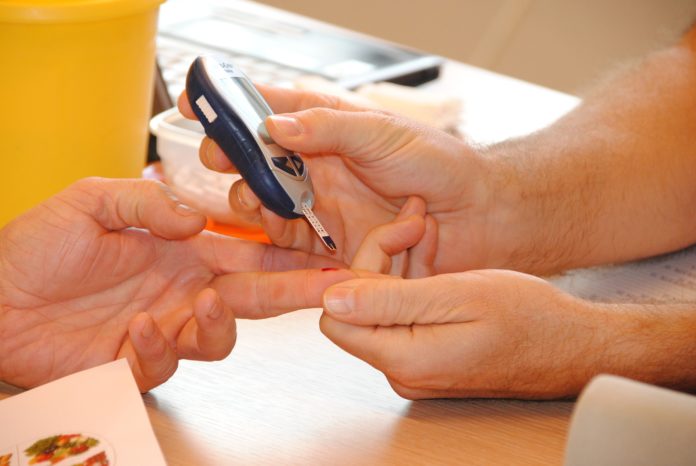
Haemoglobin A1c fails to catch 73 percent of diabetes cases that were detected by the oral glucose test
Hemoglobin A1c (HBA1c) blood test tends to underestimate the prevalence of diabetes, according to a new study presented at ENDO 2019, the Endocrine Society’s annual meeting in New Orleans, La.
Hemoglobin A1c also called HBA1c or glycated hemoglobin has been widely used since 2011 to diagnose cases of diabetes mellitus after the WHO accepted the use of HBA1c in the diagnosis of the disease. HBA1c shows the average level of blood sugar over the past two to three months and is not affected by daily blood sugar fluctuations due to diet or other related factors.
People who have diabetes usually have this test to see whether their blood sugar levels have been staying within a target range. An HbA1c of 48 mmol/mol (6.5%) is recommended as the cut off point for diagnosing diabetes. It is often used to diagnose diabetes because no fasting or any preparation is required.
“Our results indicated that the prevalence of diabetes and normal glucose tolerance defined solely by A1c is highly unreliable, with a significant tendency for underestimation of the prevalence of diabetes and overestimation of normal glucose tolerance”
WHO criteria published in 2006 for diagnosis of diabetes mellitus includes symptoms of Diabetes mellitus (e.g. polyuria, polydipsia and unexplained weight loss for Type 1) plus one of the three following criteria :
-
a random venous plasma glucose concentration ≥ 11.1 mmol/l or
2) a fasting plasma glucose concentration ≥ 7.0 mmol/l (whole blood ≥ 6.1 mmol/l) or
3) two hour plasma glucose concentration ≥ 11.1 mmol/l two hours after 75g anhydrous glucose in an oral glucose tolerance test (OGTT).
When there are no symptoms of diabetes then at least one additional glucose test result on another day with a value in the diabetic range is essential, either fasting, from a random sample or from the two hour post glucose load. If the fasting random values are not diagnostic then the two hour value should be used.
“Based on our findings, A1c should not be solely used to determine the prevalence of diabetes,” said lead researcher Maria Mercedes Chang Villacreses, M.D., of City of Hope’s Diabetes and Metabolism Research Institute in Duarte, Calif. “It should be used in conjunction with the oral glucose test for increased accuracy.”
The new study included 9,000 adults without a diabetes diagnosis. The participants got both an A1c test and an oral tolerance glucose test, and the researchers compared the results. The researchers found the A1c test didn’t catch 73 percent of diabetes cases that were detected by the oral glucose test. “The A1c test said these people had normal glucose levels when they didn’t,” Chang Villacreses said.
The researchers also found race and ethnicity had a significant impact on the accuracy of A1c. It was more likely to detect abnormal glucose levels in non-Hispanic whites than in non-Hispanic blacks or Hispanics.
“Our results indicated that the prevalence of diabetes and normal glucose tolerance defined solely by A1c is highly unreliable, with a significant tendency for underestimation of the prevalence of diabetes and overestimation of normal glucose tolerance,” Chang Villacreses added.













